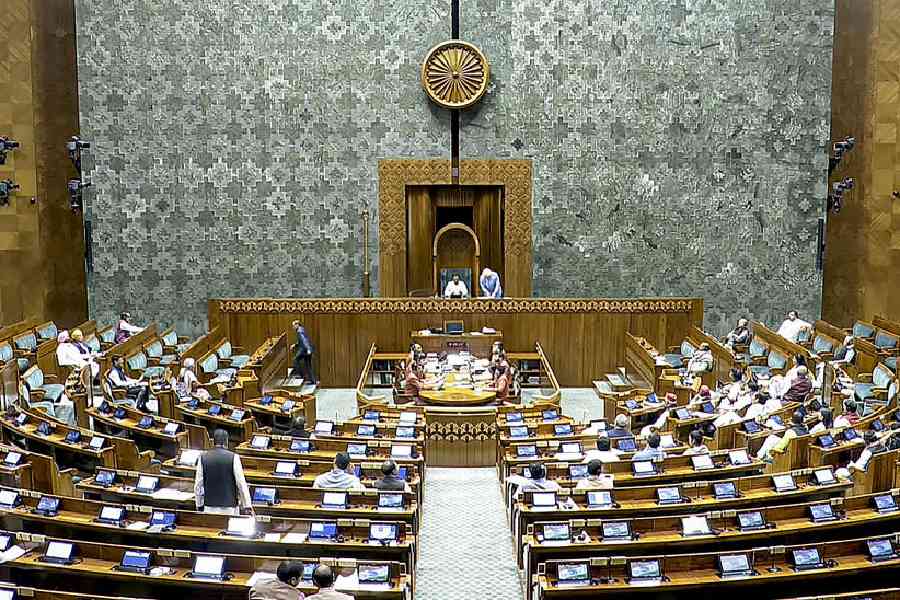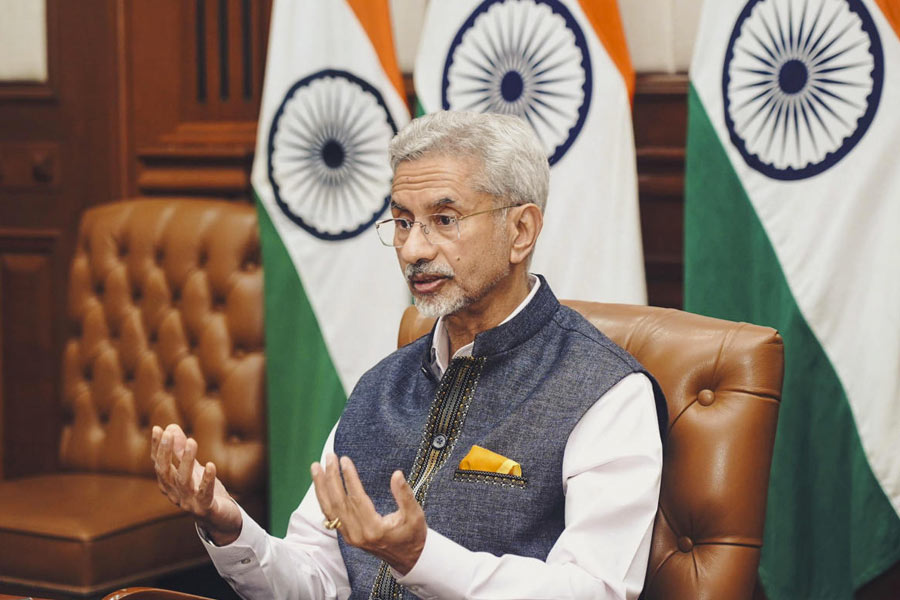The Reserve Bank of India (RBI) is again expected to maintain the status quo on rates, with inflation remaining above the mandated target of 4 per cent.
At a time the US Federal Reserve has signalled three rate cuts this year, the monetary policy committee (MPC) of the RBI is forecast to keep rates steady at least till July, a Reuters poll showed. The rating panel will meet for three days on April 3.
A poll among 56 economists by Reuters showed that MPC will stand pat on the policy repo rate at 6.50 per cent — the seventh time it will keep the rate unchanged.
They were, however, divided on the first rate cut: with 24 of 52 respondents expecting so in the third quarter of this calendar year and 17 in the fourth quarter, while nine predicted a cut at the next meet itself. The rest are expecting it at a later time.
Median forecasts reportedly put the rate at 6.25 per cent by the end of September and 6 per cent at the end of this year.
On prices, the economists voted for 4 per cent inflation by the third quarter — against 5.09 in February — before rising again.
A Reuters report said price rises were expected to average 5.40 per cent and 4.60 per cent, respectively, in the current fiscal year and the next.
On the other hand, growth is expected to slow to 6.6 per cent next fiscal year from 7.6 per cent in the current fiscal. India’s GDP had risen a strong 8.4 per cent in the third quarter of this fiscal.
Rupee recovers
The rupee staged a smart recovery on Monday from all-time lows recorded last Friday due to likely intervention from the RBI and gains in the Yuan.
It had closed at a record low of 83.4250 against the dollar on Friday following a weak Chinese currency and a strong demand for the American unit from importers.
After opening at 83.33 against the dollar, the domestic unit settled at 83.28, marking a gain of nearly 14 paise over the last close.
India’s central bank will continue to curb sharp swings in the rupee, traders said,
after it fell to a record low on Friday.
Persistent intervention by the RBI in the foreign exchange market over the past several months has dampened exchange rate volatility.
Friday’s sharp decline caught traders by surprise as the rupee fell to an all-time low in the closing minutes of domestic trading.
CAD narrows
India’s current account deficit narrowed to $10.5 billion or 1.2 per cent of GDP in the October-December quarter against $11.4 billion or 1.3 per cent in the preceding three months ending September, the Reserve Bank said on Tuesday.
When compared with the year-ago period, the narrowing in CAD was much sharper compared with $16.8 billion or 2 per cent for the October-December 2022 period, the Reserve Bank said in the data on balance of payments.
Current account balances are the total of the entire inflow and outflow of foreign funds in the economy and are generally taken as a key illustrator of a country’s external strength.
A widening in the deficit in the past had led to rupee depreciation and also actions by rating agencies on the sovereign rating.
Analysts at foreign brokerage Barclays said the CAD narrowed in the December quarter despite a wider merchandise trade deficit, cushioned by a record-high services trade surplus and secondary income.
The CAD will narrow further to 1 per cent of GDP for FY24 and the country’s inclusion in global bond indices will improve the number in FY25, they added.











